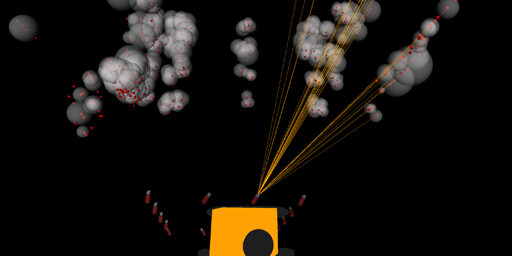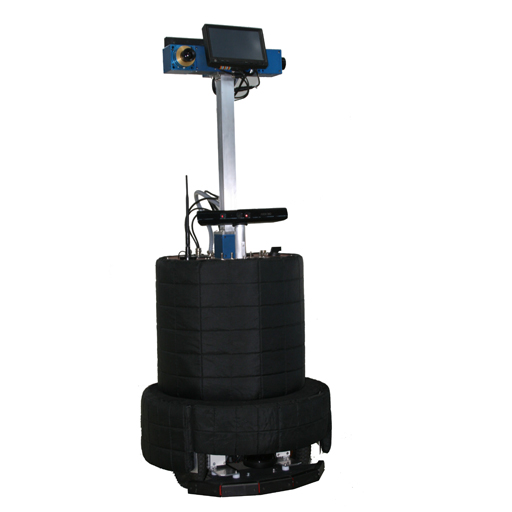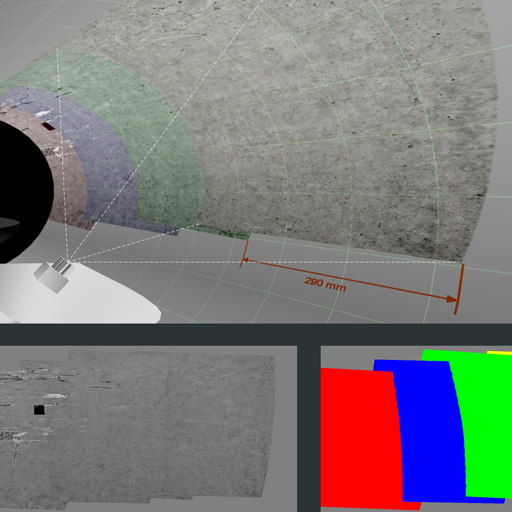Mobile System Position Sensing and Navigation
Position Sensing and Navigation: Key Technology of Service and Assistive Robotics
Reliable localization of mobile systems, route planning and position control are essential to many applications in logistics, manufacturing and service robotics. Examples include item tracking in warehouses, the delivery of resources to assembly lines or an assistive robot’s autonomous navigation and execution of localized actions.
Our know-how in the field of localization and navigation encompasses not only established methods such as positioning with external sensors, laser scanners and artificial landmarks but also novel approaches that operate with inexpensive sensor systems and without modifying the environment.
We develop customized solutions, modifying cost and accuracy for your requirements. Our extensive software framework facilitates rapid integration in an overall scenario and flexible combinations of different systems.



